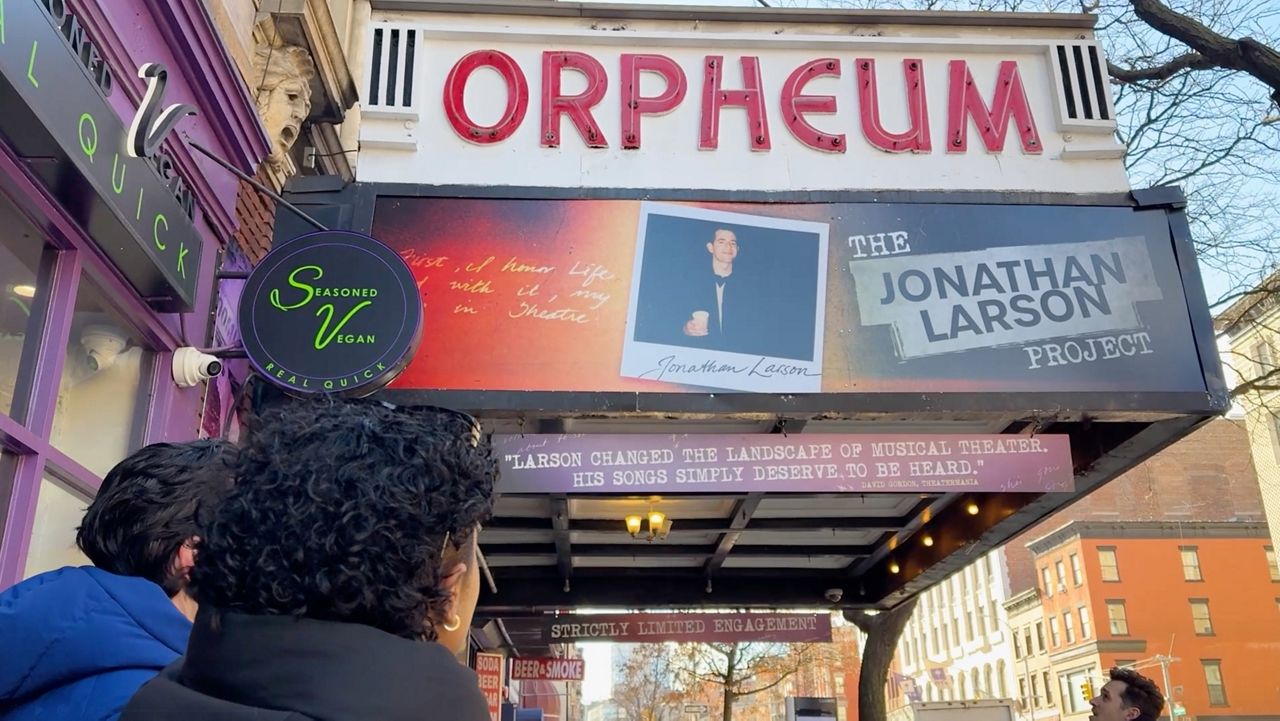A warm welcome from a massive quilt featuring Black icons greets guests that visit a new exhibit at the Africa Centre in Harlem.
“Four hundred quilt squares. One for each year from 1619,” said Dr. Jessica Harris, lead curator, pointing to the hanging quilt at the exhibit’s entrance.
The exhibit, "African/American: Making the Nations Table," puts a spotlight on the deep history that African and African-American chefs, mixologists and trailblazers offered American culinary.
What You Need To Know
- A new exhibit in Harlem, "African/American: Making the Nations Table" tells the story of Black cuisine in the United States
- The exhibit puts a spotlight on the deep history that African and African-American chefs, mixologists and trailblazers offered American culinary
- Visitors can walk through a reconstructed Ebony magazine test kitchen. Many recipes were tested for the magazine’s popular food column there
It all begins with the fields where Harris said the enslaved played a pivotal role in early American agriculture to present day farming.
“Enslaved African Americans cooked for their masters and, in that cooking, created what we now know as American cuisine,” said Harris.
The exhibit features interactive elements such as a virtual dinner table, where you can unlock stories about migration and cultural evolution. Displays also showcase African American chefs who worked in the White House, inventors, and the story of Nearest Green, who helped create Jack Daniel’s famed Tennesse Whiskey.
“I was able to see the virtual reality stuff, famous chefs on the quilt some I know personally so it’s great to see them honored here,” said Lexis Gonzalez, a Harlem chef visiting the exhibit.
Visitors can walk through a reconstructed ebony magazine test kitchen. Many recipes were tested for their columns there and became a touchstone for African American cuisine.
Charla Draper was one the food editors at Ebony Magazine in the 1980’s. This kitchen took her back to that time and place.
“I didn’t realize the value until my post Ebony life, and I’m just so blessed and humbled,” said Draper. “We used this counter to display food that we were tasting for the next edition or future edition of the magazine,” she recalled.
Visitors said they left fulfilled in more ways than one.
“I think its fantastic,” exclaimed Bernard Holcomb, visiting the exhibit. “A great way for people to be introduced to our story through food and culture,” he added.
The exhibit runs until June 19.







_PKG_OS_Picks_020725_CG_133444130_334)
_PKG_OS_Picks_013125_CLEAN)
